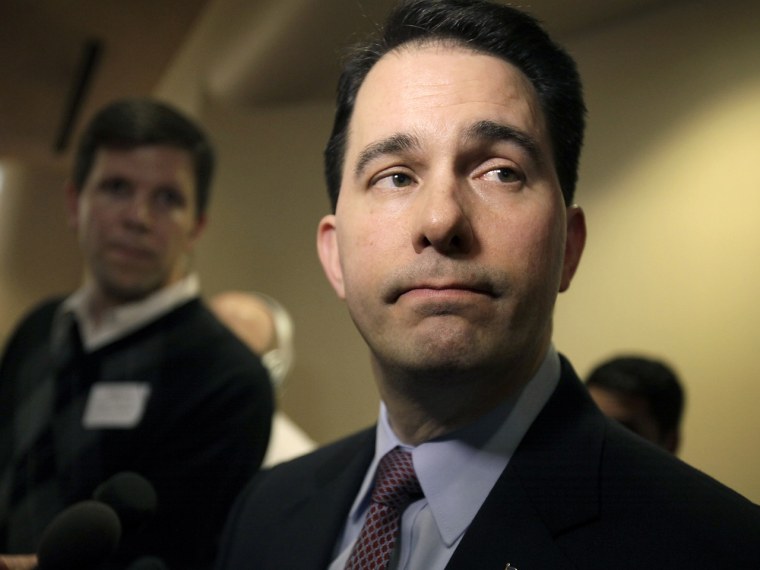As many as 2000 women in rural areas of Wisconsin may have to travel up to an hour to receive basic reproductive health care, after a recent state budget--put in place by pro-life Gov. Scott Walker--rolled back funding for Planned Parenthood, forcing four clinics to close their doors.
“The four centers that we are closing have been a part of our communities for up to 35 years,” said Deb Lidbury, nurse practitioner at the soon to close Shawano clinic. “It is disheartening to know that these services will be stopped by those with a political agenda.”
Centers in Shawano, Beaver Dam, Johnson Creek, and Chippewa Falls have not received the necessary funding to stay viable. These four were the hardest hit of nine Planned Parenthood centers that a 2011-2013 state budget targeted with approximately $1.1. million in cuts. The budget stripped funding from health organizations affiliated with abortion, putting a heavy burden on Planned Parenthood.
The four closing clinics operate under the aegis of Planned Parenthood but do not in fact provide abortions; state and federal law already prohibits federal funds from going toward abortion.
“They weren’t reimbursements for patient services directly,” said Nicole Safar, director of public policy for Planned Parenthood of Wisconsin. “None of these centers provided abortion services…In these communities, there is nowhere else for low-income women to get these services. These centers focused on preventing unplanned pregnancies and reducing the need for abortions.”
The $1.1 million lost in cuts went primarily toward infrastructure costs, officials say. The four closing clinics provided an estimated 11,400 health care services a year, including breast cancer screenings and family planning consultations, to as many as 2000 low-income rural residents.
"The women who come in to see me every day don't care if their legislators are Republicans or Democrats," said Lidbury. "What they care about is having access to screenings, birth control and having access to someone who can answer their immediate concerns and questions. Many of the patients I see may skip their annual exam or go without getting a lump check."
Wisconsin Right To Life legislative director Susan Armacost praised Gov. Walker for his "courage":
Governor Walker and the state legislature acted courageously to protect Wisconsin taxpayers from having their tax dollars used to destroy human life. While there is more work to be done to protect taxpayers from paying for abortions, this state budget has greatly improved the situation. On behalf of Wisconsin Right to Life members and supporters throughout the state, we extend our heartfelt thanks to Governor Walker and the legislature.”
Walker has been outspoken about his pro-life stance: he firmly opposes abortion even in cases of rape and incest, and has advocated abstinence-only sex education. With Republican partners in the state legislature--who said at a Right To Life conference this week that legislating mandatory transvaginal ultrasounds is a "priority"--Walker has been able further a national trend that only last year saw 19 states adopt 43 new provisions restricting access to abortion.
As reproductive health clinics close throughout the country and women lose access to abortion care, new technology like telemedicine may be a way to close the gap.
